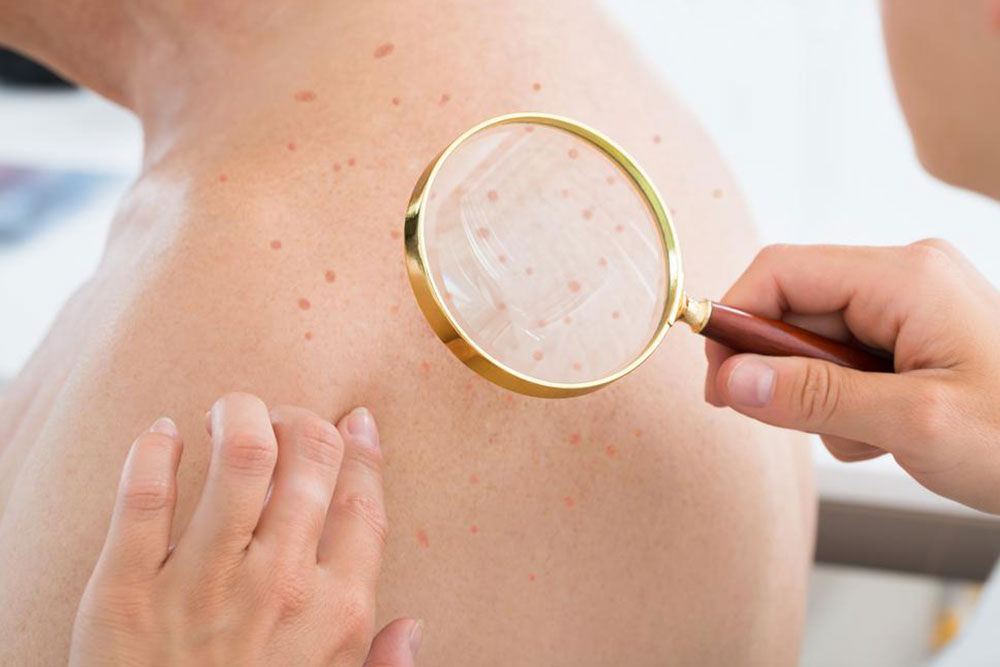Comprehensive Guide to Staph Infections: Causes, Symptoms, Prevention, and Treatment
This comprehensive article explores staph infections, highlighting their causes, symptoms, diagnosis, treatment options, and effective preventive measures. It emphasizes the importance of hygiene and prompt medical attention to minimize risks, especially for vulnerable groups. With detailed insights into internal and external infections, readers can better understand how to protect themselves and manage infections efficiently, ensuring overall health and safety.

Comprehensive Guide to Staph Infections: Causes, Symptoms, Prevention, and Treatment
Staphylococcus bacteria, commonly known as staph, are microscopic organisms that naturally reside on the skin and inside the nose. While most strains are harmless, certain types can cause a wide range of infections, from minor skin issues to severe internal conditions. Understanding the nature of staph infections, their causes, symptoms, and how to effectively prevent and treat them is crucial for maintaining optimal health.
Staph bacteria are round-shaped cells that tend to group together in clusters, resembling grape-like structures under the microscope. These bacteria can infect various parts of the body, especially when the skin barrier is compromised by cuts, scrapes, or other injuries. Infections may start as small bumps, boils, or abscesses but can rapidly progress to more serious conditions if left untreated. The bacteria can sometimes breach the skin's defenses and enter the bloodstream, leading to systemic issues such as sepsis, pneumonia, or toxic shock syndrome.
Individuals at higher risk of developing staph infections include newborns, elderly adults, people with diabetes, those whose immune systems are compromised (due to illness or medication), nursing mothers, and individuals undergoing recent surgical procedures. These groups have weaker defenses against bacterial invasion, making them more vulnerable to infection.
Symptoms and Signs of Staph Infections
The presentation of staph infections varies depending on the site and severity. Common initial signs include skin-related issues such as red, swollen, and painful bumps, boils, or carbuncles. These skin infections often develop around cuts, insect bites, or wounds. In some cases, the infection can produce pus, which signals an active bacterial invasion that may require drainage or antibiotic treatment.
More severe internal infections might present with high fever, chills, and fatigue. Symptoms such as pneumonia may cause cough, chest pain, and shortness of breath. Food poisoning caused by staph bacteria results in nausea, vomiting, diarrhea, and abdominal cramps. In the most critical situations, toxic shock syndrome can develop, characterized by high fever, rash, low blood pressure, and multiple organ dysfunction.
How Is a Staph Infection Diagnosed?
Diagnosis typically involves clinical examination of the affected area, reviewing the patient's medical history, and laboratory tests. A healthcare provider may take a sample of pus, tissue, or nasal secretions to culture and identify the bacteria. Laboratory tests help determine the specific strain involved and its antibiotic susceptibility, guiding effective treatment choices.
In certain cases, blood tests, imaging studies, or other diagnostic procedures are necessary to assess the extent of internal infections and complications.
Effective Treatments for Staph Infections
Most staph infections can be effectively treated with antibiotics. The choice of medication depends on the severity and location of the infection, as well as the bacterial strain's resistance profile. For skin abscesses or boils, local wound drainage combined with antibiotics often yields the best results. In some cases, infected devices like catheters or prosthetic implants need removal or replacement.
Proper wound care, including keeping the area clean and covered, is essential to prevent the spread and recurrence of the infection. Severe internal infections may require hospitalization, intravenous antibiotics, or surgical intervention.
Preventing Staph Infections: Tips and Strategies
Prevention is key to minimizing the risk of staph infections. Basic hygiene practices, such as regular handwashing with soap and water, are highly effective. Covering cuts, scrapes, and wounds with sterile dressings prevents bacterial entry. Avoid sharing personal items like towels, razors, and clothing to limit cross-contamination.
Home hygiene is also crucial—regular disinfection of surfaces, especially in kitchens and bathrooms, reduces bacterial load. For individuals at high risk, such as hospital patients or those with compromised immune systems, more rigorous infection control measures should be followed. Proper wound care, timely removal of tampons, and addressing skin infections promptly help prevent complications.
Staph bacteria can be present on the skin and in the nose without causing problems, but colonization increases the risk of infection. Decolonization strategies, such as topical antibiotics or antiseptic washes, may be recommended in recurrent cases under medical supervision.
Conclusion
Understanding staph infections, their causes, symptoms, and prevention strategies is vital for safeguarding health. While the bacteria are common and often harmless, certain strains pose significant health risks, especially to vulnerable populations. Prompt diagnosis and treatment can effectively manage most infections, but diligent preventive practices are essential to reduce the chance of occurrence. Maintaining good hygiene, being vigilant about skin injuries, and seeking medical care when needed are the best steps to combat staph infections effectively.





